Table of Contents
Apostrophes can be tricky for beginners, but they are essential for showing possession and certain contractions. Let’s discuss where and how to use them correctly with simple rules.
What is an Apostrophe?
An apostrophe is a punctuation mark used to indicate possession or omitted letters in contractions.
Examples:
John’s (possession)
It’s (contraction for “it is”)
Children’s (possession)
They’re (contraction for “they are”)
Boss’s (possession)
How to Use an Apostrophe for Possession
1. With Singular Possessors:
When a singular noun owns something, place the apostrophe before the s.
- The cat’s toy (The toy belongs to the cat).
2. With Plural Possessors:
For plural nouns that end in s, place the apostrophe after the s.
- The dogs’ bowls (The bowls belong to the dogs).
3. For Plural Nouns Not Ending in S:
When the plural form of a noun does not end in s, place the apostrophe before the s.
- The children’s books (The books belong to the children).
4. For Singular Nouns Ending in S:
With singular nouns ending in s, the apostrophe can be placed before or after the s, depending on style preference.
The boss’s car or The boss’ car.
5. For Compound Nouns:
Place the apostrophe at the end of the entire compound noun to show possession.
My brother-in-law’s house (The house belongs to my brother-in-law).
6. Joint vs. Individual Ownership:
- For joint ownership, use one apostrophe after the second possessor.
Tom and Jerry’s apartment (The apartment belongs to both Tom and Jerry).
- For individual ownership, each possessor needs their own apostrophe.
Tom’s and Jerry’s cars (Tom owns a car, and Jerry owns a car).
Apostrophe for Possession vs. Contraction
| Word/Phrase | Usage | Meaning | Example Sentence |
|---|---|---|---|
| It’s | Contraction | It is / It has | It’s raining outside. (It is raining outside.) |
| Its | Possessive | Shows ownership | The dog wagged its tail. (The tail belongs to the dog.) |
| They’re | Contraction | They are | They’re going to the park. (They are going to the park.) |
| Their | Possessive | Shows ownership | Their house is on the corner. (The house belongs to them.) |
| John’s | Possessive | Shows ownership | John’s car is parked outside. (The car belongs to John.) |
Key Tip:
- It’s = It is or It has (contraction)
- Its = Possessive form (shows ownership)
- They’re = They are (contraction)
- Their = Possessive form (shows ownership)
- John’s = Possessive form (shows ownership)
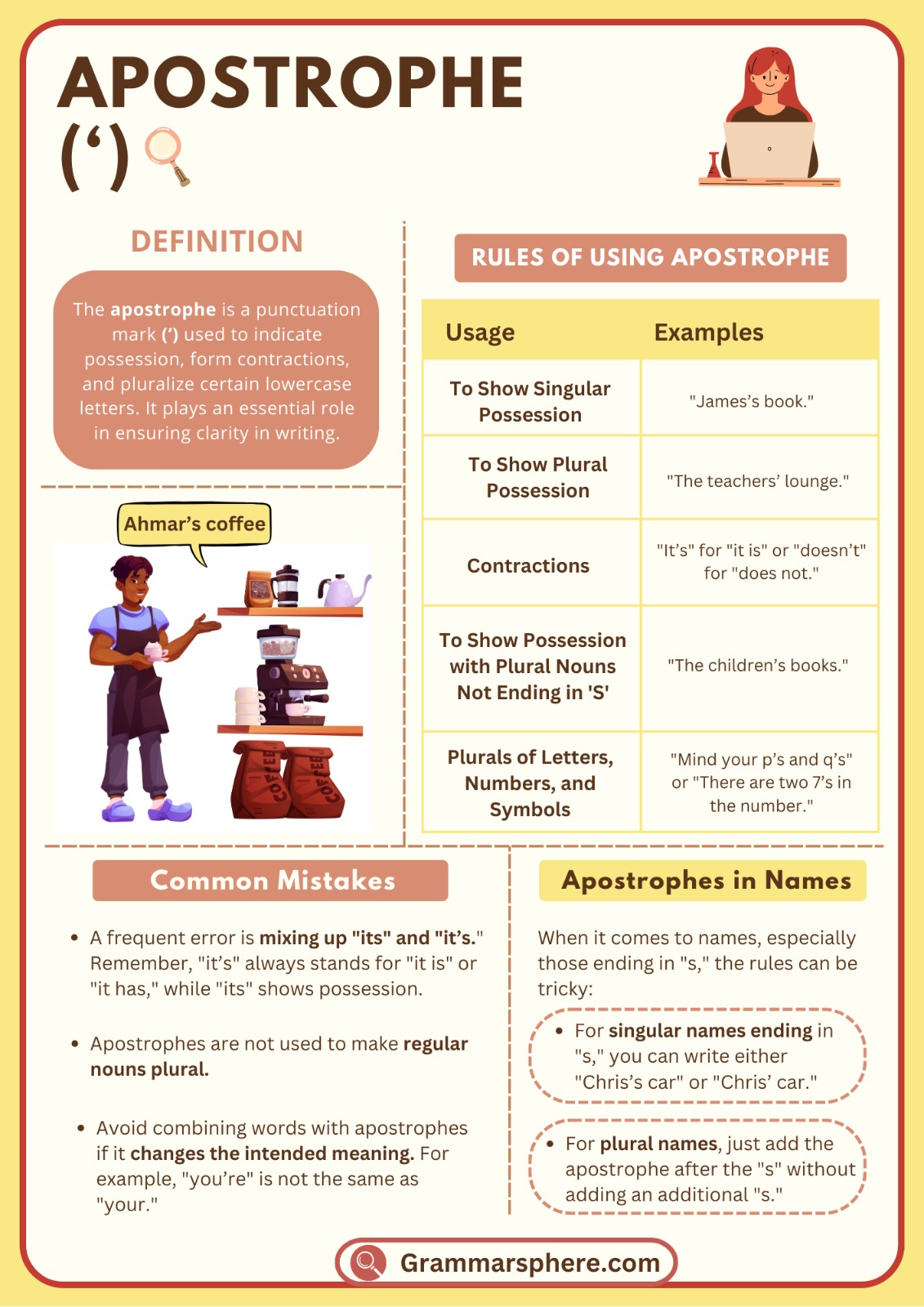
Rules To Follow
Apostrophes can sometimes be confusing, especially with singular and plural possessors or compound nouns.
1. Singular Possessors: Apostrophe before “s”
When a singular noun owns something, we place the apostrophe before the s to show possession.
- The girl’s bicycle
- The teacher’s book
The book belongs to one teacher. The apostrophe comes before the s to show possession by a singular noun (teacher).
2. Plural Possessors Ending in “s”: Apostrophe after “s”
For plural nouns that end in s, the apostrophe goes after the s to show that the possession belongs to more than one person or thing.
- The students’ classroom
- The dogs’ toys
3. Plural Nouns Not Ending in “s”: Apostrophe before “s”
For plural nouns that do not end in s (irregular plurals), place the apostrophe before the s to show possession.
- The children’s playground
- The men’s jackets
4. Singular Nouns Ending in “s”: Apostrophe Placement Varies
When singular nouns end in s, you can either place the apostrophe before or after the s, depending on style preference. Both forms are generally acceptable, but consistency is key.
- The boss’s office
- The boss’ office
5. Compound Nouns: Apostrophe at the End of the Compound
When using compound nouns to show possession, place the apostrophe at the end of the entire compound noun.
- My mother-in-law’s recipe
- The editor-in-chief’s decision
importance of learning Apostrophe
Learning how to use the apostrophe correctly is important because it helps us understand the difference between possession and contractions. Using it the wrong way can change the meaning of a sentence, which can be confusing. For example, “it’s” means it is, while “its” shows ownership.
Knowing where to place an apostrophe makes writing clear, accurate, and professional. Whether showing ownership (like “John’s book”) or shortening words (“they’re happy”), using apostrophes correctly makes writing easier to read and understand.
Example Sentences with Apostrophe
- The dog’s leash is hanging by the door.
- My sister’s birthday is next week.
- The students’ homework was submitted on time.
- The teacher’s lounge is on the second floor.
- The women’s soccer team won the championship.
- The cat’s toys are scattered around the room.
- My parents’ house is always warm in winter.
- The children’s laughter filled the park.
- The boss’s meeting is scheduled for 3 PM.
- The editor-in-chief’s article was well-received.
Common Mistakes
- Misplacing the apostrophe:
✗ The cats toy
✓ The cat’s toy.
- Confusing plural and possessive forms:
✗ The girls are playing with they’re toys
✓ The girls are playing with their toys.
- Using apostrophes for non-possessive plurals:
✗ The dog’s are barking
✓ The dogs are barking.
- Using apostrophes with possessive pronouns:
✗ That book is her’s.
✓ That book is hers.
- Omitting the apostrophe in contractions:
✗ Its raining outside.
✓ It’s raining outside.
FAQS
1. When do I use an apostrophe to show possession?
You use an apostrophe to indicate ownership. If the noun is singular, add ‘s (e.g., Sarah’s book). If the noun is plural and already ends in s, just add an apostrophe (e.g., the teachers’ lounge).
2. What’s the difference between “its” and “it’s”?
“It’s” is a contraction of it is or it has (It’s raining = It is raining).
“Its” is a possessive pronoun showing ownership (The cat licked its paw = The paw belongs to the cat).
3. Do I use an apostrophe for plural nouns?
No, apostrophes do not make words plural. For example, apple’s is incorrect if you mean multiple apples. The correct form is apples. However, an apostrophe is needed for possessive plurals (e.g., the students’ books = books belonging to the students).
You May Also Like

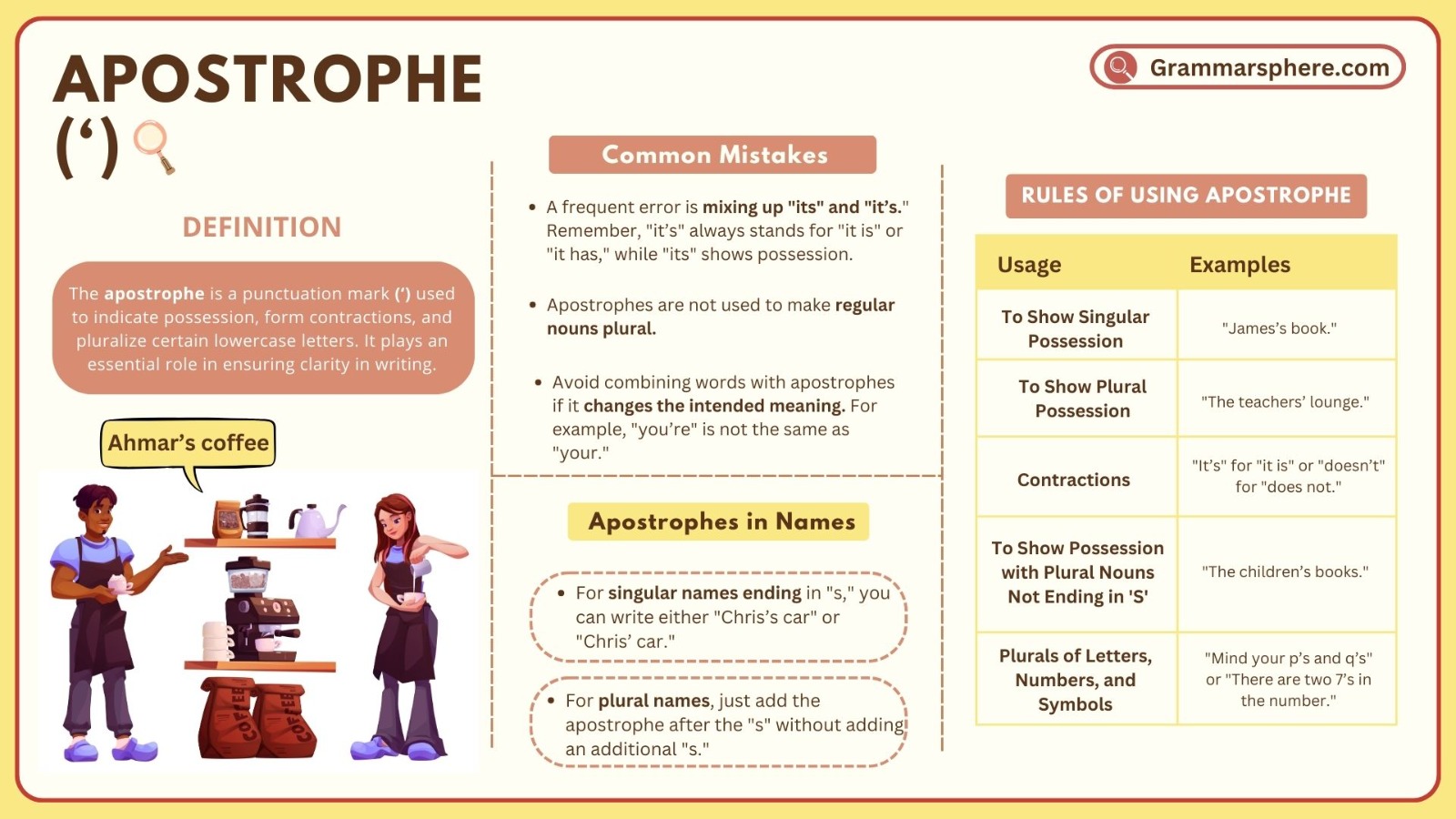
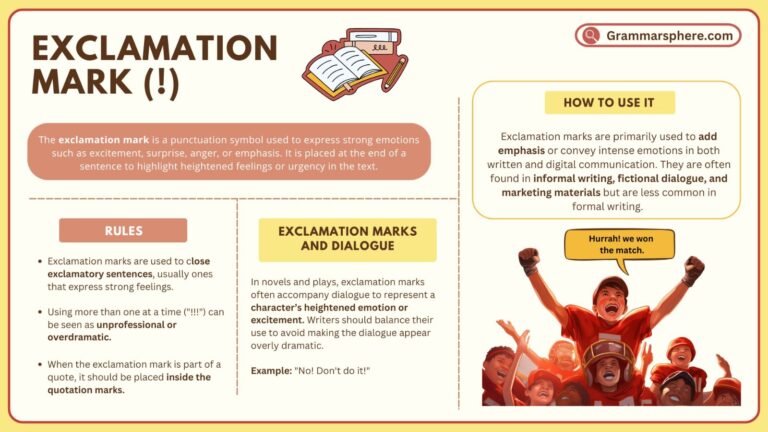
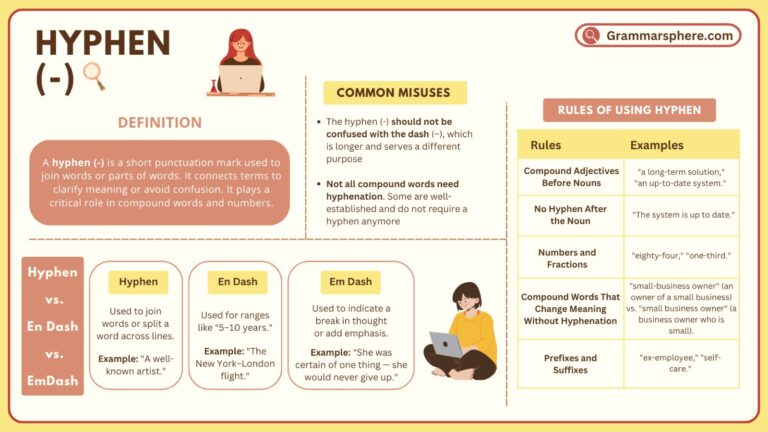
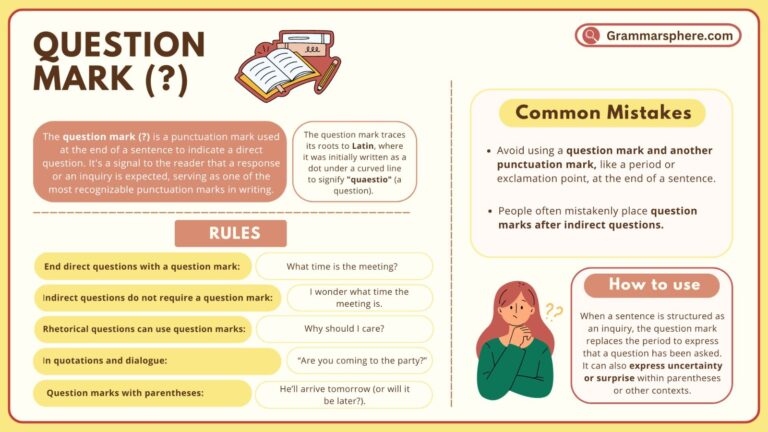
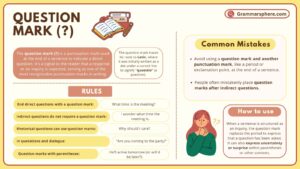
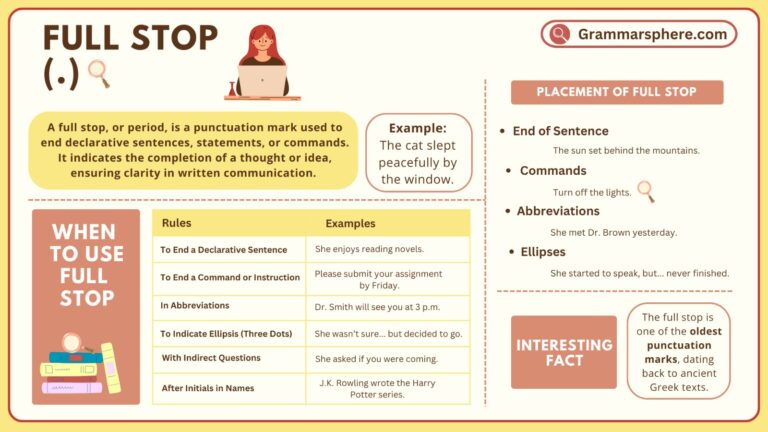
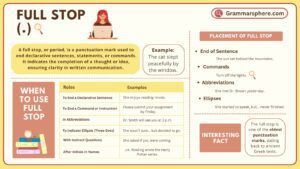


Leave a Comment